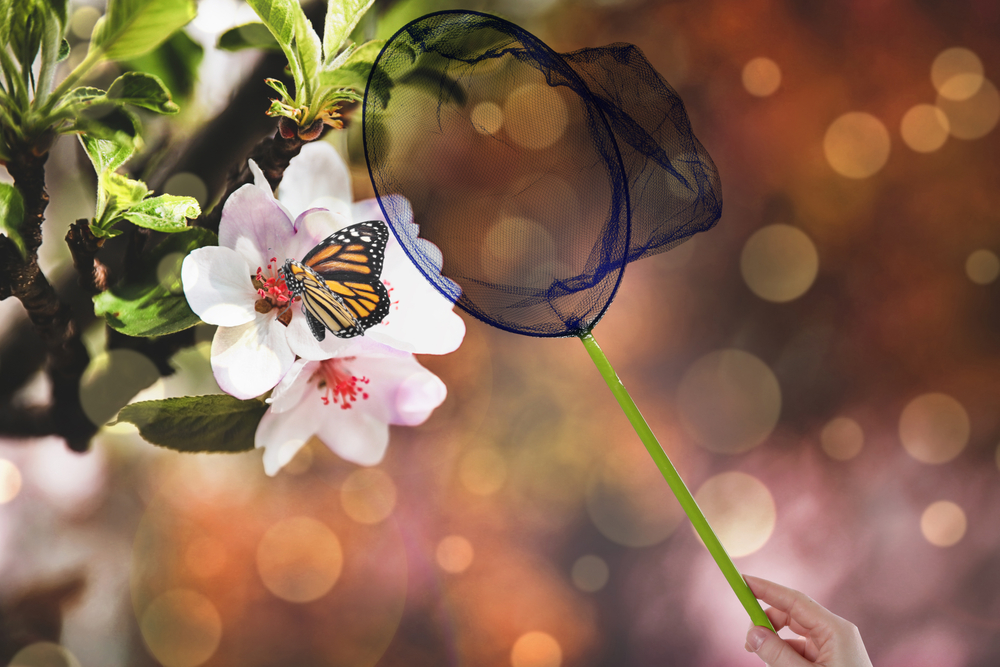Introduction
Butterfly gardening is an enriching hobby that not only beautifies your outdoor space but also contributes to the conservation of these fascinating creatures. It involves creating an environment that attracts, nurtures, and sustains butterflies. In this guide, we’ll explore the essentials of gardening for butterflies, focusing on the must-have garden accessories and butterfly plants that will help you create a vibrant paradise right in your backyard.
Starting with the Basics: Understanding Butterfly Needs
Butterflies need specific habitats that include food, water, shelter, and space to mate and lay eggs. To meet these needs, a well-planned butterfly garden should include a variety of plants that cater to the life cycles of different butterfly species, from caterpillars to adults.
Selecting the Right Butterfly Plants
Nectar-Rich Flowers
Adult butterflies feed on nectar, so your garden should have plenty of nectar-rich flowers. Plant a diverse range of flowers to ensure a continuous bloom throughout the seasons, providing a steady food source. Flowers like lavender, butterfly bush, coneflower, and salvia offer high nectar levels that attract butterflies.
Host Plants for Caterpillars
Butterfly gardening is not just about adult butterflies but also about providing for their offspring. Host plants are those plants where butterflies lay their eggs and where the hatching caterpillars feed. Milkweed, for instance, is essential for Monarch caterpillars, while parsley and dill may attract Swallowtail caterpillars. Including these plants ensures that your garden supports the entire butterfly lifecycle.
Essential Garden Accessories
Butterfly Feeders
While nectar-rich plants are crucial, butterfly feeders can supplement the butterflies’ diet, especially in early spring or during dry spells when natural nectar sources may be scarce.
Water Sources
Butterflies need water but cannot drink from open sources like ponds or streams. Instead, they prefer to sip from wet soil, puddles, or shallow dishes. A butterfly ‘puddling’ area, which can be as simple as a shallow dish filled with sand and water, will attract butterflies and provide them with the minerals and hydration they need.
Shelter and Resting Spots
Butterflies need shelter to hide from predators, harsh weather conditions, and resting spots for basking in the sun. Dense shrubs, tall grasses, and butterfly houses offer safe hiding spots, while flat stones in sunny areas provide ideal basking spots, helping butterflies regulate their body temperature.
Designing Your Butterfly Garden
Creating a butterfly garden involves more than just planting flowers and setting up accessories; it’s about designing an ecosystem. Consider the following tips for a successful butterfly garden:
Plant in Clusters: Grouping the same types of flowers together in large clumps is more attractive to butterflies than individual plants scattered throughout the garden.
Choose a Variety of Colors and Shapes: Different butterfly species are attracted to different colors and flower shapes, so a diverse garden is more likely to attract various butterflies.
Use Organic Practices: Since butterflies and caterpillars are sensitive to chemicals, avoid using pesticides or herbicides in your butterfly garden.
In Conclusion
Butterfly gardening is a delightful and fulfilling activity that enhances the beauty of your surroundings while supporting local wildlife. By carefully selecting the right plants and accessories, you can create a beautiful garden for butterflies that serves as a sanctuary for these enchanting creatures. Not only does this contribute to the preservation of butterfly populations, it also offers you a peaceful retreat to connect with nature and enjoy the vibrant spectacle of butterflies dancing in your garden.


